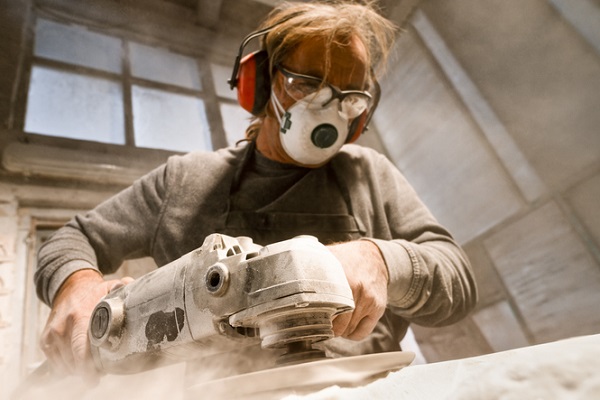CFMEU: ACT construction must improve silicosis control measures

The ACT government’s newly announced work health and safety reforms for silica dust are critical to trying to control the scourge of the deadly lung disease, silicosis. CFMEU ACT construction secretary Zachary Smith says the industry has been too slow in halting silicosis exposures.
The ban on uncontrolled dry cutting of silica-containing materials, the introduction of silica awareness training and reforms to air and health monitoring requirements are all critical steps to combat this problem.
“Silicosis is a horrific disease that destroys the lungs with a shockingly high mortality rate and the widespread presence of silica in construction materials means all workers face potential exposure,” Zachary says.
“Unions have fought hard to combat silica exposure. It’s encouraging that some builders and sub-contractors have worked with us, but we need the whole industry to act together to reduce the risk posed by this deadly substance.”
He adds that the measures announced by the ACT government are an important step but will only work if the industry as a whole lifts its game.
“While some employers are doing the right thing, too many are failing to take silica exposure seriously and are cavalier about exposing workers to deadly harm,” Zachary outlines.
“In NSW, recent safety data revealed almost one-in-four engineered stone workers who had been in the industry since 2018 were suffering from silicosis or another dust-related disease, prompting calls for a complete ban on high-silica products in that state.
“The ACT construction industry needs to do much more to protect workers and our Union is currently considering if a complete ban on the use of engineered stone products in construction in the ACT is necessary.”
